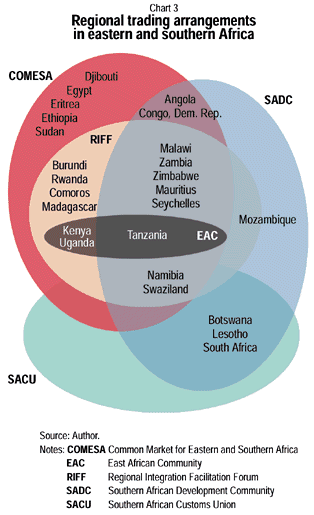The African Continental Free Trade Area (AfCFTA) signed by the African governments earlier this year in Kigali in Rwanda will be the largest free trade area created, since the formation of the World Trade Organisation. It will bring together 55 African countries, with a combined population of more than 1.2 billion people, and a total gross domestic product (GDP) exceeding $2.5tn.
The AfCFTA is a way of deepening the process of economic integration and accelerating the structural transformation of the African economies, as envisaged under the 1980 Lagos Plan of Action, and the Abuja treaty of 1991. It will also provide a comprehensive and a mutually beneficial trade agreement among the African Union’s (AU) member states, covering trade, investment, intellectual property rights, and competition policies.
 Negotiations towards the AfCFTA were divided into two phases, the first phase covered the trade in goods and services and dispute settlement, while the second phase addressed intellectual property, as well as investment and competition policies.
Negotiations towards the AfCFTA were divided into two phases, the first phase covered the trade in goods and services and dispute settlement, while the second phase addressed intellectual property, as well as investment and competition policies.
The agreement signed in Kigali includes a framework agreement, and protocols related to the trade in goods and services. For the trade in goods, the AfCFTA requires members to eliminate tariffs on 90% of their tariff lines, with the remaining 10% retained as either “sensitive” products with longer liberalisation periods, or as “excluded” products at the same tariff level.
Concerning the services, the protocol on the trade in services provides that parties “shall undertake successive rounds of negotiations based on the principle of progressive liberalisation, accompanied by the development of regulatory cooperation, and sectoral disciplines.”
The AfCFTA members have opted to use a positive list approach for the services negotiations, with the sectors explicitly identified subject to liberalisation.
In terms of the protocol, the AfCFTA members are expected to identify nine priority sectors that will be subject to liberalisation. Following the signing, the AfCFTA members, individually or as part of a customs union, are expected to develop and submit schedules of concessions for the trade in goods, detailing the 90% of products that are to be liberalised, the sensitive products to be liberalised over a longer time period, and the excluded products that are to be temporarily exempted from the liberalisation.
It is worth mentioning that the African Export–Import Bank (Afreximbank) announced on Saturday that it signed trade deals worth a total of $27bn during the 2018 Intra-African Trade Fair (IATF).
The 2018 IATF is the first of its kind seven-day trade show which took place from 11 to 17 December 2018. The fair is promoted by Afreximbank, and organised in collaboration with the AU.
The Minister of Trade and Industry Amr Nassar said that Egypt is doing its best to enhance the commercial relations and to boost the economic integration among the African countries through paying maximised attention to the multilateral agreements such as the Common Market for Eastern and Southern Africa (COMESA), and the AfCFTA.
“These two agreements are projected to increase trade opportunities among the African countries with 52% by 2022,” according to Nassar.

